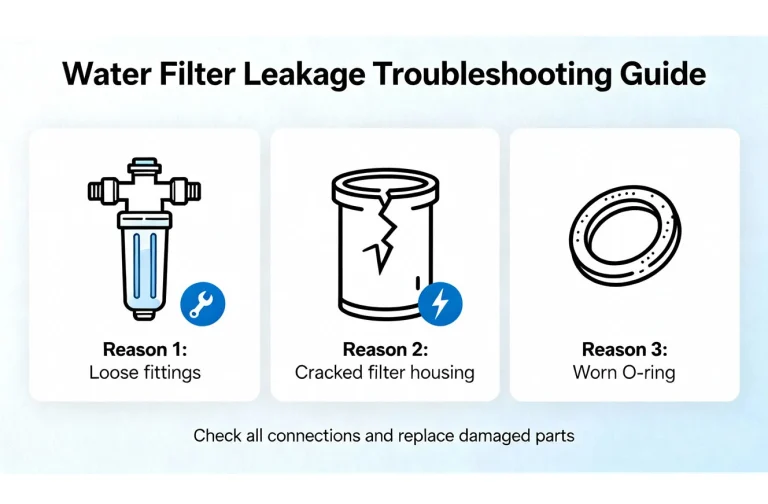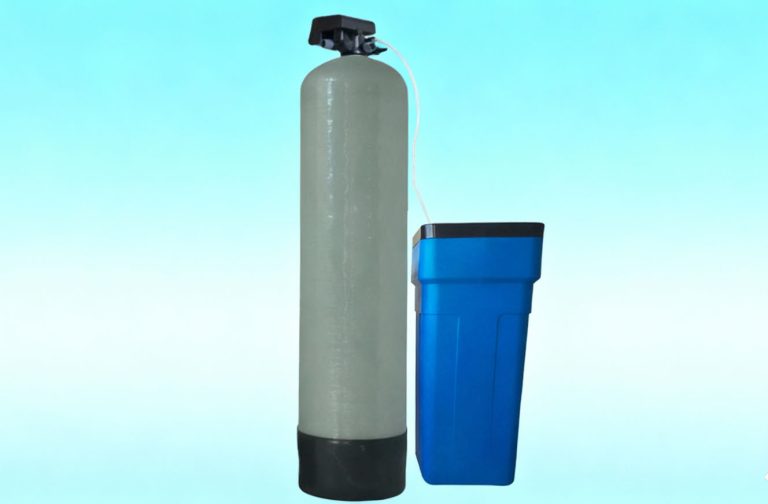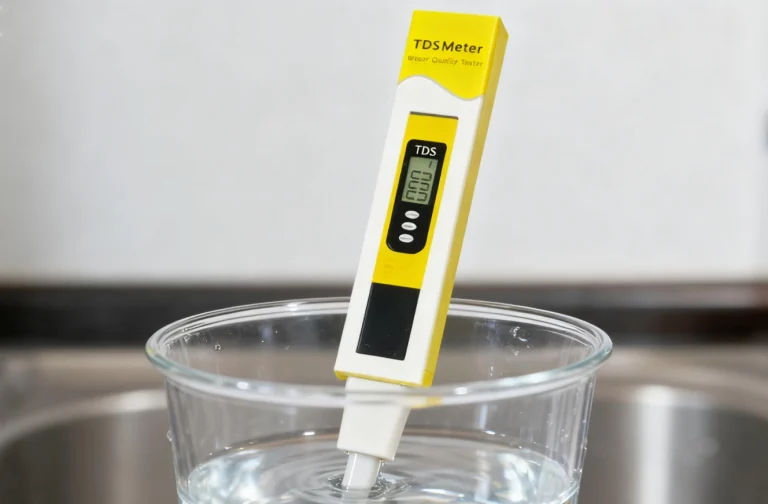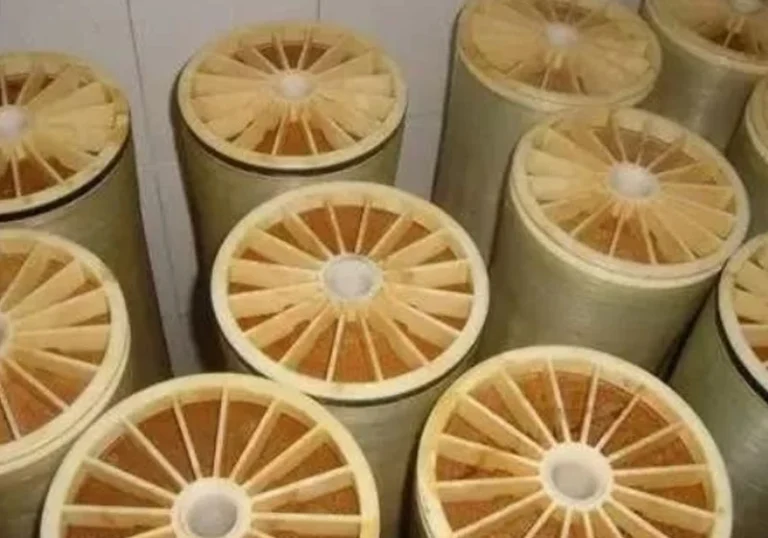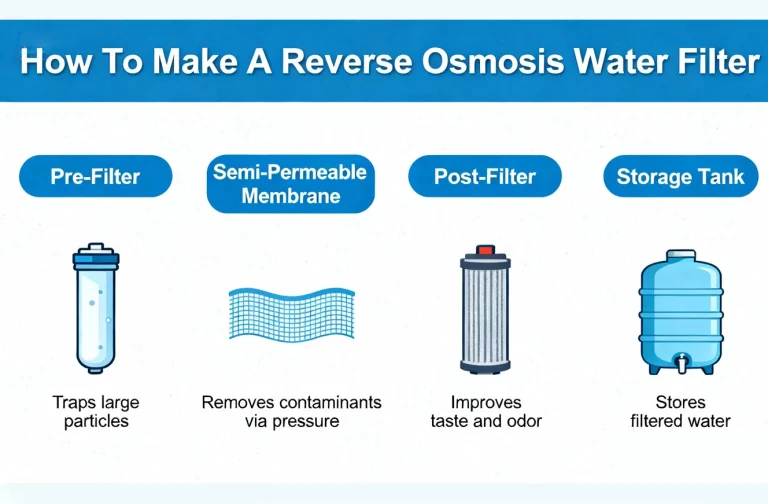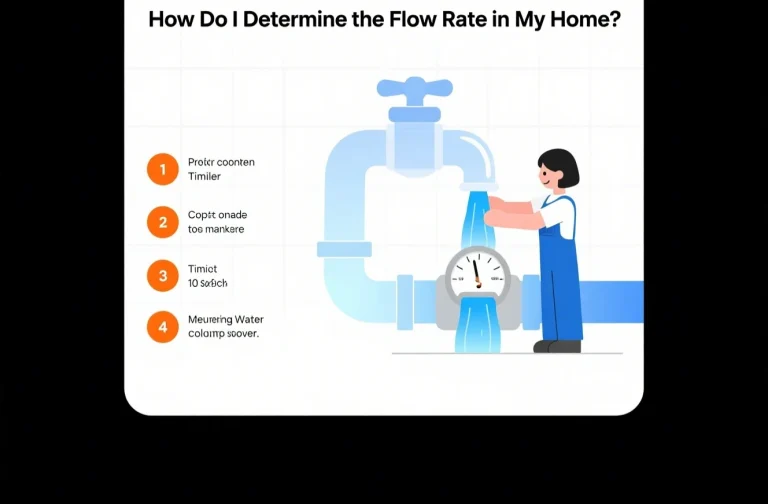BasideWT- Whole Home Water Filtration System & Replacement

Does UV Treatment Remove Chlorine From Water?
You’ve invested in a UV water treatment system, or you’re considering one. You know it’s a powerhouse for neutralizing harmful microorganisms. But a common question arises for homeowners and facility managers alike: Does UV treatment remove chlorine from water? The short, direct answer is no, ultraviolet light is not an effective method for eliminating chlorine. UV systems are brilliantly designed for one primary mission—disinfection. They use specific wavelengths of light to scramble the DNA of bacteria, viruses, and other pathogens, rendering them harmless. However, chlorine removal operates on an entirely different chemical principle. This article will delve deep into the science behind both processes, clarify the distinct roles of different filtration technologies, and guide you toward the most effective solutions for achieving pure, safe, and great-tasting water. Understanding this distinction is crucial for building a comprehensive water treatment strategy for your home or business.
The Core Function of UV Disinfection: Targeting Living Microorganisms
To fully grasp why UV doesn’t affect chlorine, we must first appreciate what it does exceptionally well. Ultraviolet water purification is a physical process, not a chemical one.
The Germicidal Mechanism of Ultraviolet Light
A UV water treatment system features a chamber containing a special lamp that emits light at a germicidal wavelength, typically 254 nanometers. As water flows through this chamber, microscopic invaders like E. coli, Giardia, Cryptosporidium, and viruses are exposed to this energy. The UV radiation penetrates their cells and is absorbed by their genetic material (DNA and RNA). This absorption causes damage to the nucleic acids, creating molecular lesions known as thymine dimers. This damage prevents the microorganisms from replicating their DNA and, consequently, from reproducing. Since they cannot multiply, they cannot cause infection and are effectively considered dead and harmless. It’s a clean, efficient, and chemical-free way to ensure water is microbiologically safe.
Key Advantages and Inherent Limitations of UV Technology
The benefits of UV disinfection are significant.
- It introduces no chemicals into the water.
- It leaves no residual taste or odor.
- It requires minimal maintenance (primarily annual lamp replacement).
- It acts instantly, with no holding tanks required.
However, its limitations are just as clear. UV light does not filter out or alter non-living contaminants. It does not remove:
- Heavy metals (lead, arsenic)
- Dissolved solids (salts, minerals)
- Pesticides or chemical compounds
- And, most pertinent to our topic, chlorine or chloramines.
Therefore, while a UV system is a stellar guardian against biological threats, it works in a specialized lane. It is a master of disinfection, not of chemical filtration.
The Chemistry of Chlorine in Water: Why UV Light Doesn’t Break It Down
So, we’ve established that UV targets genetic material. Chlorine, in the context of municipal water treatment, is not a living organism with DNA; it is a chemical element. Let’s explore the chemistry behind this.
Chlorine as a Oxidizing Agent
Municipal water suppliers add chlorine as a disinfectant. It is a powerful oxidizing agent, meaning it actively attacks and destroys the cell walls of bacteria and other pathogens throughout the water distribution network. This provides a crucial residual disinfectant effect, protecting water from recontamination as it travels from the treatment plant to your tap. This is why tap water often has a distinct smell and taste. The chlorine molecule (Cl₂) and its derivatives like hypochlorous acid (HOCl) are stable enough to persist but reactive enough to kill microbes.
The Photochemical Reaction Threshold
For a chemical reaction to occur using light, the contaminant must absorb the specific wavelength of that light. This is a fundamental principle of photochemistry. Germicidal UV at 254 nm is perfectly tuned to be absorbed by the molecular bonds in microbial DNA. Chlorine molecules, however, do not significantly absorb light at this wavelength. They are largely transparent to it. Think of it like trying to use a visible light to develop photographic film; it simply won’t work because the film is only sensitive to specific, different light conditions. To break down chlorine, you need a different type of energy or a different process altogether. Therefore, the question “Does UV treatment remove chlorine from water?” is definitively answered by the laws of photochemistry: it cannot, because the required photochemical reaction does not occur at the germicidal wavelength.
Effective Methods for Chlorine Removal: A Comparative Analysis
Since UV treatment is not the solution for chlorine, what methods are effective? Fortunately, several proven technologies can efficiently remove chlorine and its byproducts, often improving the water’s odor and taste in the process.
Activated Carbon Filtration: The Gold Standard
This is the most common and effective method for chlorine removal. Activated carbon filters, found in pitcher filters, under-sink systems, and whole-house units, work through a process called adsorption. The carbon has a massive surface area dotted with millions of tiny pores. As water passes over this carbon bed, chlorine molecules are trapped (adsorbed) onto the surface. A simple chemical reaction also occurs where the chlorine is reduced to harmless chloride ions. This method is highly effective, relatively inexpensive, and also removes bad tastes, odors, and some organic compounds.
Chemical Neutralization and Other Techniques
Other methods exist, though they are less common for point-of-use applications.
- Reverse Osmosis (RO): An RO system uses a semi-permeable membrane to remove a vast array of contaminants, including dissolved salts, heavy metals, and yes, chlorine. However, to protect the delicate RO membrane from chlorine damage, these systems always include one or two activated carbon pre-filters. So, in an RO system, the carbon pre-filter is actually doing the chlorine removal.
- Aeration: Bubbling air through water can cause some volatile chlorine to dissipate into the air. This is inefficient for rapid, whole-house treatment.
- Chemical Neutralization: Adding compounds like potassium metabisulfite can instantly dechlorinate water, a method often used in brewing or aquariums but not typical for home drinking water.
Interestingly, many modern water treatment setups combine these technologies. A whole-house system might use an activated carbon filter to remove chlorine and bad tastes, protecting plumbing and appliances, followed by a UV sterilizer to provide a final, impervious barrier against biological contaminants. This layered approach ensures comprehensive water safety and quality.
Building the Ultimate Water Treatment System: UV and Carbon Filtration
The most robust home water treatment strategy does not rely on a single technology. It uses a multi-barrier approach where each technology addresses the limitations of the others. This is where understanding the distinct roles of each component becomes critical for brands like BasideWT, which specialize in integrated solutions.
The Synergistic Duo: Carbon and UV
Imagine your water faces two primary challenges: chemical contaminants (like chlorine) and biological threats (like bacteria). Using only a carbon filter leaves you potentially vulnerable to bacterial breakthrough or growth within the filter itself. Using only a UV system means chlorine, bad tastes, and other chemicals will persist. By pairing them, you create a powerful, sequential defense.
- Stage 1: Activated Carbon Pre-Filtration. The water first passes through a high-quality activated carbon filter. This stage strips away the chlorine, chloramines, and unpleasant odors. This is a crucial step, not just for better-tasting water, but also to protect the subsequent UV system. Chlorine can degrade the quartz sleeve that houses the UV lamp, reducing its efficiency and lifespan.
- Stage 2: UV Disinfection. With the chlorine now removed, the water enters the UV chamber. Here, any bacteria, viruses, or cysts that passed through the carbon filter or were introduced downstream are instantly neutralized without any chemical residue.
This combination provides peace of mind, ensuring your water is both chemically pleasant and microbiologically pure. BasideWT systems are engineered around this precise synergy, offering tailored solutions that leverage the strengths of both technologies.
Beyond the Basics: UV, Chlorine, and Real-World Applications
Understanding the specific functions of water treatment technologies empowers you to make smarter decisions, whether for your home, a commercial building, or an industrial process.
Why This Distinction Matters for Your Home and Health
For homeowners, the implications are direct. If your primary concern is the taste and smell of chlorine, a carbon filter is your best bet. If you are on a private well where bacterial contamination is a risk, a UV system is essential. For complete protection, you need both. Furthermore, removing chlorine is not just about taste; it can help protect plumbing fixtures and appliance seals from degradation and prevent the formation of potentially harmful disinfection byproducts (DBPs) like trihalomethanes (THMs) within your home’s pipes.
Industrial and Municipal Contexts
On a larger scale, this knowledge is fundamental. Municipalities use chlorine for its residual protection. However, in specific industrial settings—like pharmaceutical manufacturing, biotechnology, or beverage production—even trace chlorine can be detrimental to processes or final products. In these facilities, you will often find sophisticated multi-stage treatment trains. Water might first be treated with carbon or reverse osmosis to remove chlorine and other organics, and then a final, powerful UV system is used as a critical validation step to ensure sterile process water. The initial chlorine removal is non-negotiable to protect the high-output UV lamps.
Counter-intuitively, while UV doesn’t remove chlorine, it is sometimes used in municipal treatment to reduce chloramine levels (a more stable chlorine-ammonia compound) through a complex photolytic process, but this requires much higher doses than standard germicidal treatment and is not relevant to residential systems. For the core question of “Does UV treatment remove chlorine from water?” in a residential context, the answer remains a firm no.


